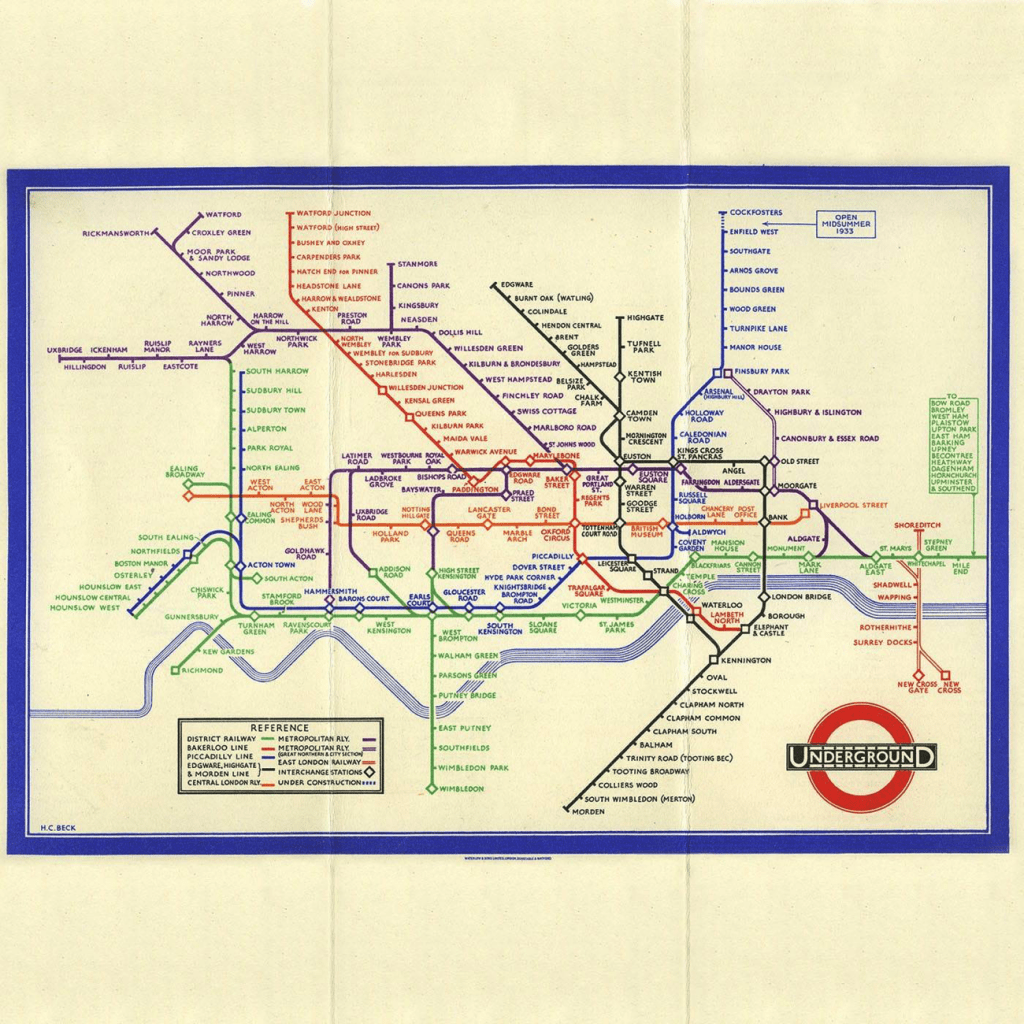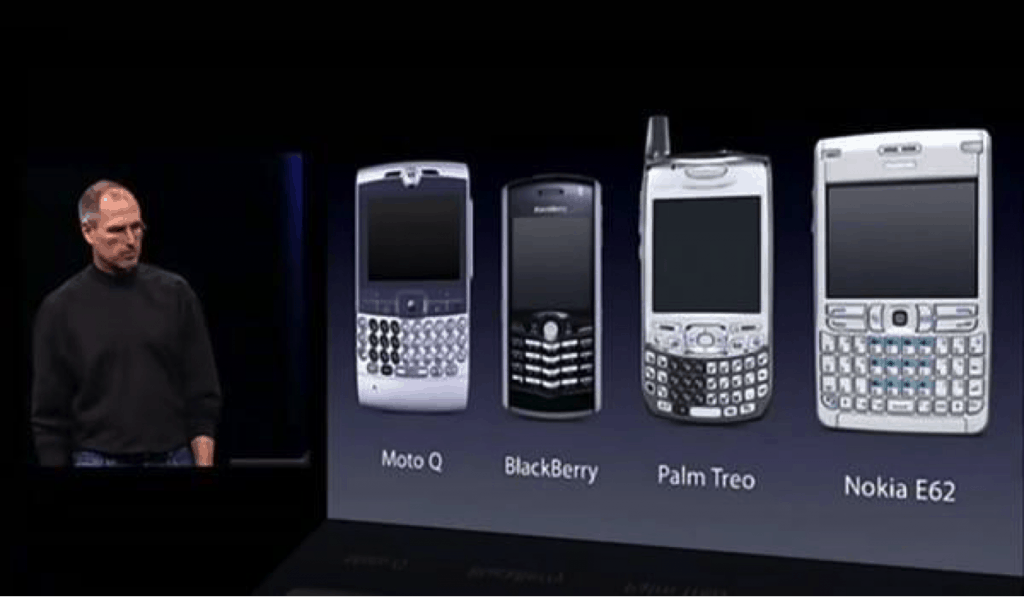Design is meant to show the intent that exists behind an action or an object in a clear way. Great design strips away all possible interpretations of intent, leaving only one. That is to say – it must be unambiguous. For a design to be great, everyone should be able to understand the point of the design, regardless of their background, experience, and taste. Achieving that level of clarity, however, is incredibly difficult.
Within the context of software, a designer must be empathetic to the user’s pain. She must then extend that empathy to a more important place – understanding. Understanding not only of the problem, but the context in which it exists, and how to fix it. Because all jobs are problem-solving jobs, most solutions can be codified into an efficient formula, given enough practice.
A designer who incessantly works at her craft will undoubtedly get better. While the quality of her work will keep increasing, practice alone doesn’t make a good designer great. What differentiates one from the other is not a difference of quality, it is a difference of kind. Not what to make, but how and why to make it.
Good designers are specialists
Formulaic is the way of the specialist – someone who excels at one thing.
Think of a UI/UX Designer who’s at the top of her game. She is able to take any piece of software and design beautiful, easy-to-use navigation for it. With time, her approach to designing UI becomes formulaic, regardless of what app she’s working on. The framework “to get from A to B – do X” becomes habitual. She understands the problem, and designs a solution that makes dealing with it easier.
Now think about thermostats before Nest. They were all infuriatingly difficult to use because the path to their programmable features was obscured by poorly designed navigation. Nest came along and said, “Nonsense! Here’s a big dial – turn left for ‘cooler’ and right for ‘warmer.’ This thing will remember what you like. You shouldn’t have to think about your thermostat – it should think about you.”
Consider the implications of that kind of design approach. It starts with the user experience and works backwards to the technology.
By figuring out why a problem exists in the first place, a great designer doesn’t just mitigate its effects – she can eliminate it completely. Being a specialist – even one with a broad skill set – is not enough to arrive at that result. You need a systemic approach.
Great designers are generalists
Being the best graphic or UI/UX Designer in the world doesn’t solve your design problem, just like being a writer is not about being good at English, or being able to put words in a sentence. We’re all capable of writing, and most practice that skill daily. Being a great writer isn’t about communicating thoughts clearly – it’s about knowing which thoughts deserve being written.
Technical skills complement problem-solving skills, and design problems are solved best through the cross-pollination of ideas and varied fields of knowledge.
Consider that each problem has three parts – what the problem is, why it exists, and how to solve it.
The what (identifying a problem) is the easiest step because we feel its effects. We experience some pain and want to eliminate it. You’ve probably heard that anecdote about university students building apps that help other university students find internships. Or the one about freelancers building marketplaces that help other freelancers find work?
The why is infinitely more difficult to figure out because of our reliance on common knowledge and intuition when looking for an answer. To figure out the why, a designer must force deliberate thinking and distill the problem to one indisputable fact – the foundation. That is to say – not “what is the problem?” but “why is the problem?” A great designer must make it her starting point, because the answer to that question will inform…
The how of solving a design problem. This is where technical skills are most important, and being a generalist puts you at a massive advantage. The old adage of “everything is nails to someone with a hammer” comes to mind. In reality, a myriad of ways to solve any given problem exist, but only one is optimal. The one that eliminates it altogether.
Which brings me to:
Great designers are opinionated
Harry Beck was an electrical draftsman employed by the London Underground in the 1930s. This was the time when London Underground used topological (geographically accurate) maps that were a nightmare to read because they looked like this:
Harry Beck thought that was bad for the soul, and in his spare time designed a map that looked like this:
Naturally, his map was originally rejected because it went against existing expectations for what maps were supposed to look like. Next time you take public transit, take a look at the map, and appreciate the fact that it’s a descendant of the one above. The opinionated map that defied convention in favour of clarity and good user experience.
Here’s a more contemporary example. Before June 27, 2007 when the first generation iPhone was introduced to the world, most smartphones looked like this:
Great designers have strong opinions about what the world should look like. Even when those opinions go directly against common wisdom and what is expected. One of my favourite book covers is for a book by Augusten Burroughs called Dry. It was designed by Chip Kidd and looks like this. How easy do you think it would have been to make that cover look actually dried and withered?
Exercising strong opinions and making them come to life is a hallmark of a great designer. She doesn’t mistake “opinionated” for “being loud with her opinions.” Because the difference between a good designer and a great designer is not a difference of quality – it is a difference of kind.
A great designer doesn’t feel contempt towards people who use her product, and never assumes they’re too stupid to understand it. It is her job to arrive at a solution that is unambiguous. She holds strong conviction about what the world should look like, and exercises humility while making it better.
Great designers are prolific learners
Does all this mean that you have to strive to be a generalist? Absolutely not. If you’re someone who kicks major ass in your profession, and you really are the best visual, or UI/UX Designer in the world – rock on.
Is it good to be infinitely curious and constantly learning new things? I think we can all agree that the answer to that is a resounding “yes!” If you’re someone who is not content with being good, and strive for greatness – the best place to start is learning how to think. What does it mean to reason from the first principles? How to apply design thinking in your daily work? What are the fundamentals of great design? What are the essentials of effective visual and web design? These are the types of questions you should be asking yourself – and seeking to answer – every day.
Further learning
Look through this free UX Design curriculum from Springboard, to learn more about the topics mentioned above. There are 131+ hours of videos, articles, and books for you to look through and choose something interesting to explore further, or something new to pick up.
You can no longer ship trash by Jennifer Aldrich who writes awesome stuff, and works at InVisionApp. This short piece examines the contrast between designs of the not-so-distant past versus now. There used to be a time when starting from the user experience and working backwards to the technology wasn’t even a thing anyone considered. Even in the present time, the vast majority of products fail to take that approach. We know we should but seldom do. Why do you think that is?
Typography for User Interfaces by Viljami Salminen is a riveting, thoroughly researched article to broaden your horizons. Attention to the smallest details demonstrates care for the product, and profound respect towards the end user. Jony Ive believes that we are capable of discerning far more than we are capable of articulating. What do you think?
Features for Identification of Uppercase and Lowercase Letters is a wonderful research paper from Department of Psychology, University of Victoria, and Centre de Recherche en Neuropsychologie et Cognition, Département de Psychologie, Université de Montréal. It’ll teach you things you didn’t know you wanted to know. Getting into this level of specificity, and figuring out how the brain perceives visual elements is (sometimes) the difference between good and great.
What do you think marks a good vs a great designer? Let us know in the forums.










Love your perspective on design and approach to UI/UX – i think that in many instances the UI/UX is not fully understood as part of the user solution in itself as opposed to a means to an end. Nice work!